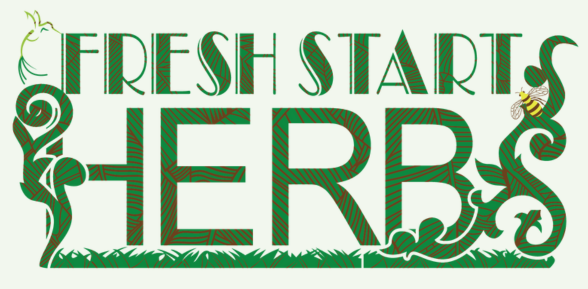Petticoats and Fur: Hepatica Dressed for Spring
It has been a cold spring here in southwest Michigan. I found some determined Hepatica plants pushing their way up through dead leaves and lingering snow.The first flower of spring! Finally!
Hepatica symbolizes confidence in the language of flowers. It is a quirky plant with a charming and self-deprecating disposition. Its delicate blue, pink and white flowers are actually sepals that look like petals.“I will teach the world that bracts are just as good to wrap around flower-buds as sepals and that sepals may be just as beautiful as petals. Since my petticoat is pretty enough for a dress why should I not wear it thus?-The Child’s Own Book Of Wild Flowers
A perennial native herb Hepatica thrives in moist woods beneath oak, beech and maple trees across Northeastern regions of United States. The plant’s leathery leaves have three rounded lobes and are often mottled with a purplish hue. The use and shape of the leaves led to the plant’s abundant nicknames. Liver-leaf, Round Leaf Hepatica, Liverwort, Round-lobed or Kidney Liver-leaf and Squirrel Cup.
Historically the plant was used medicinally for liver problems. It is associated with some fun plant lore. Hepatica was once thought to remove freckles and cure crossed eyes or a twisted mouth. Native American women made love charms from the plant “to bewitch men and make them crazy by affecting their hearts.” Long ago, hepatica was a familiar and popular plant with children in and out of the classroom. Wildflowers such as hepatica, arbutus and violets growing so close at hand and readily available were used as seasonal nature study subjects.
After the plant finishes blooming, new leaves appear and grow throughout summer. Manufacturing and storing up food in the roots giving Hepatica the strength and resources to spring into action during the first cool days of next spring. The leaves and furry stems also provide warmth for emerging flower buds in early spring and hinder ants who try to sneak in and steal flower nectar. However, after thousands of years of living together in the same natural community the ants and hepatica plants became more friendly. They developed a symbiotic relationship essential and beneficial to both of the parties involved.
Little lessons in cooperation ! Ants prize hepatica seeds as tasty treats. They harvest and carry them back to their nests, eat the seed’s sweet outer shell and then help plant them by discarding them in the soil beneath the ground. Now that’s what I call community spirit! Econicity, ants and plants cultivating balanced friendly relationships supportive to the workings of the whole ecological system.



